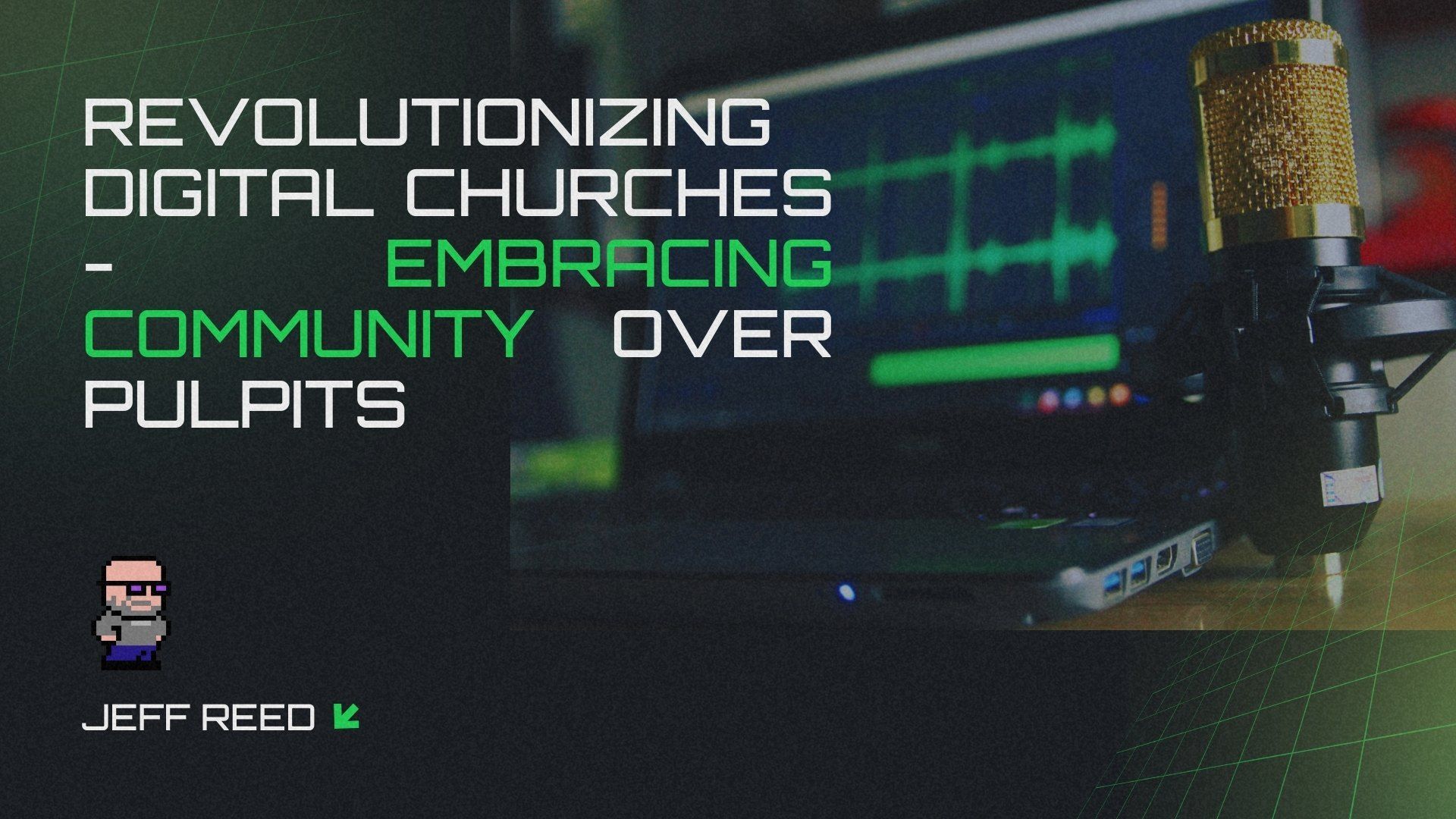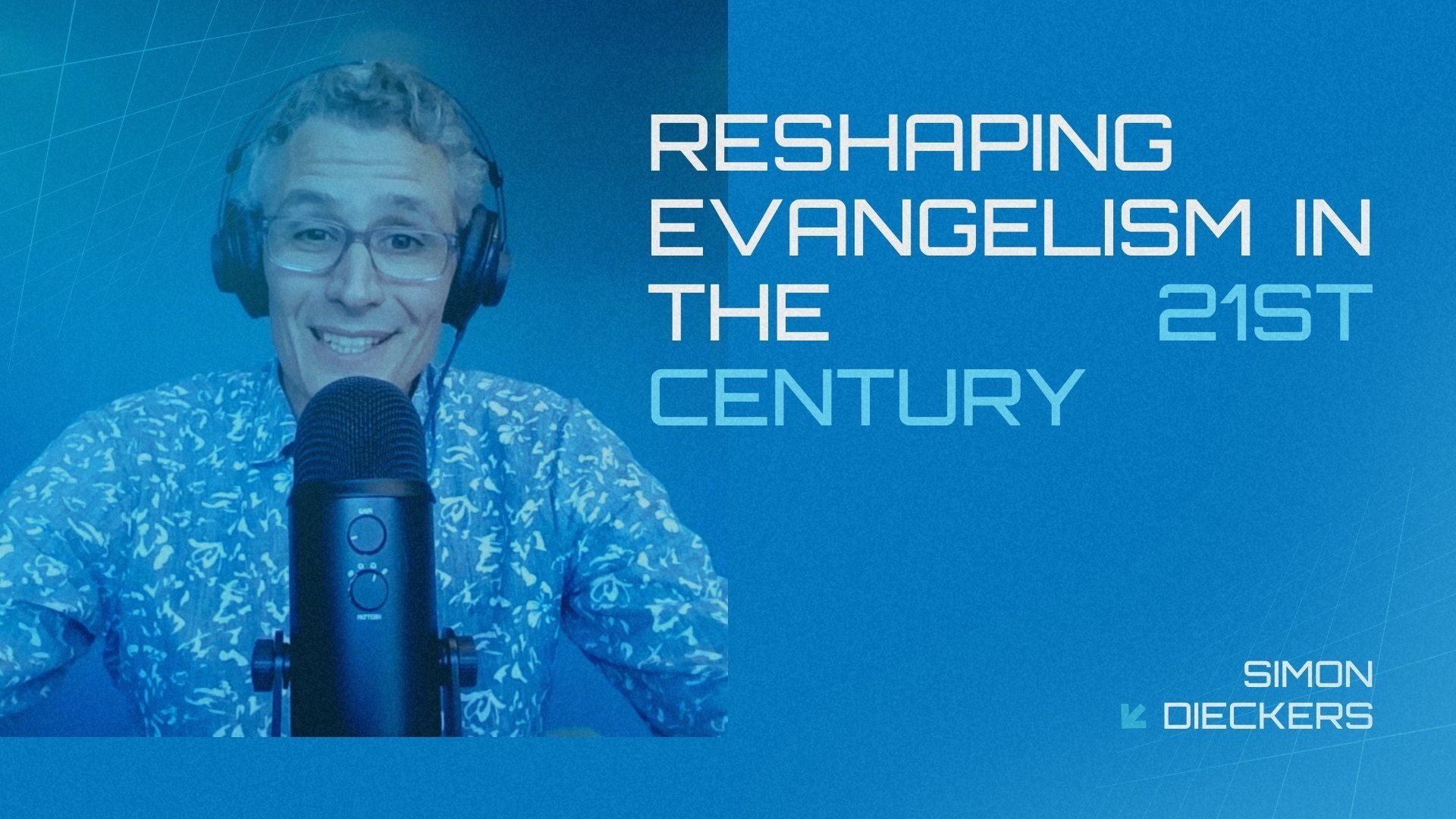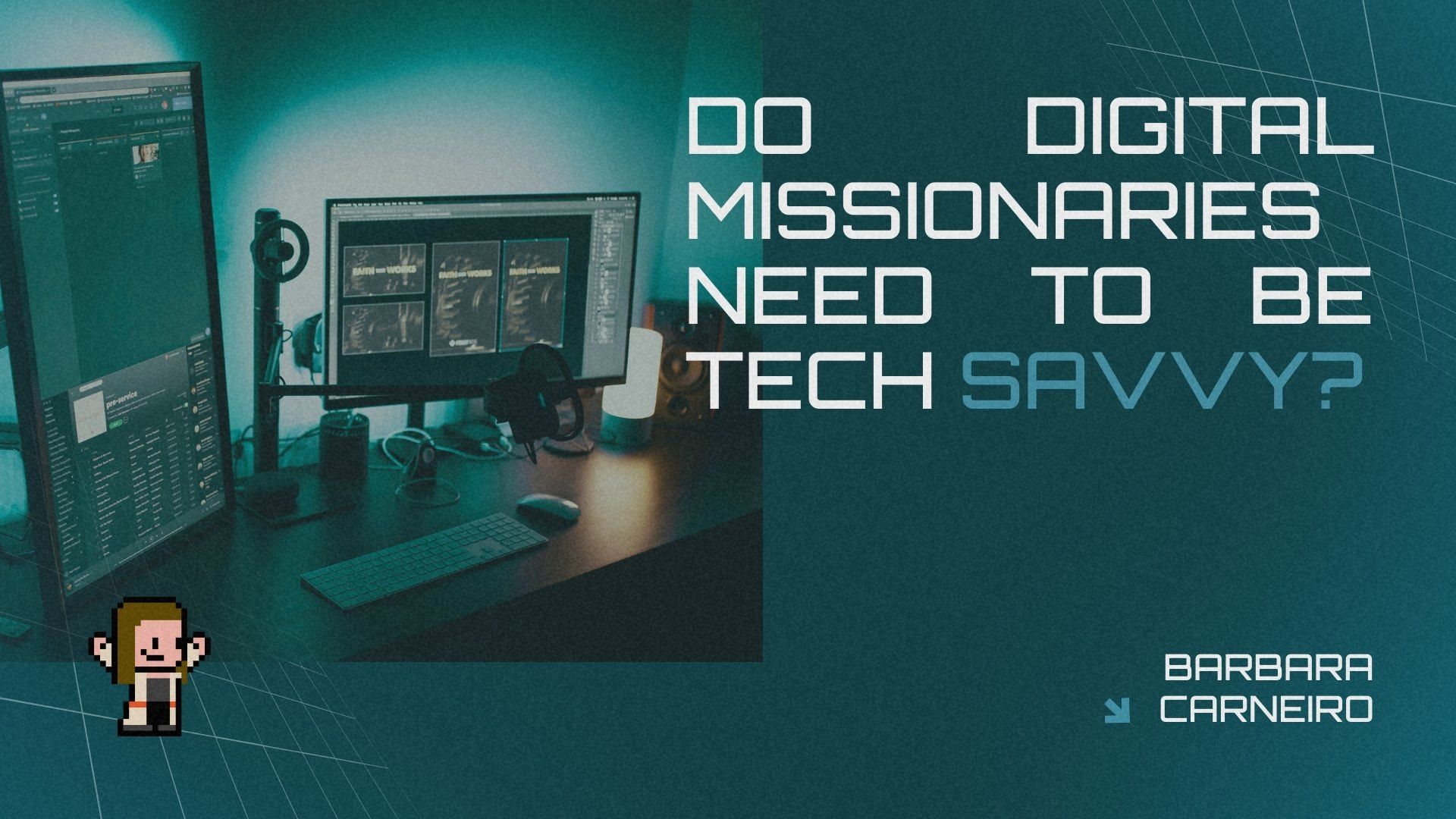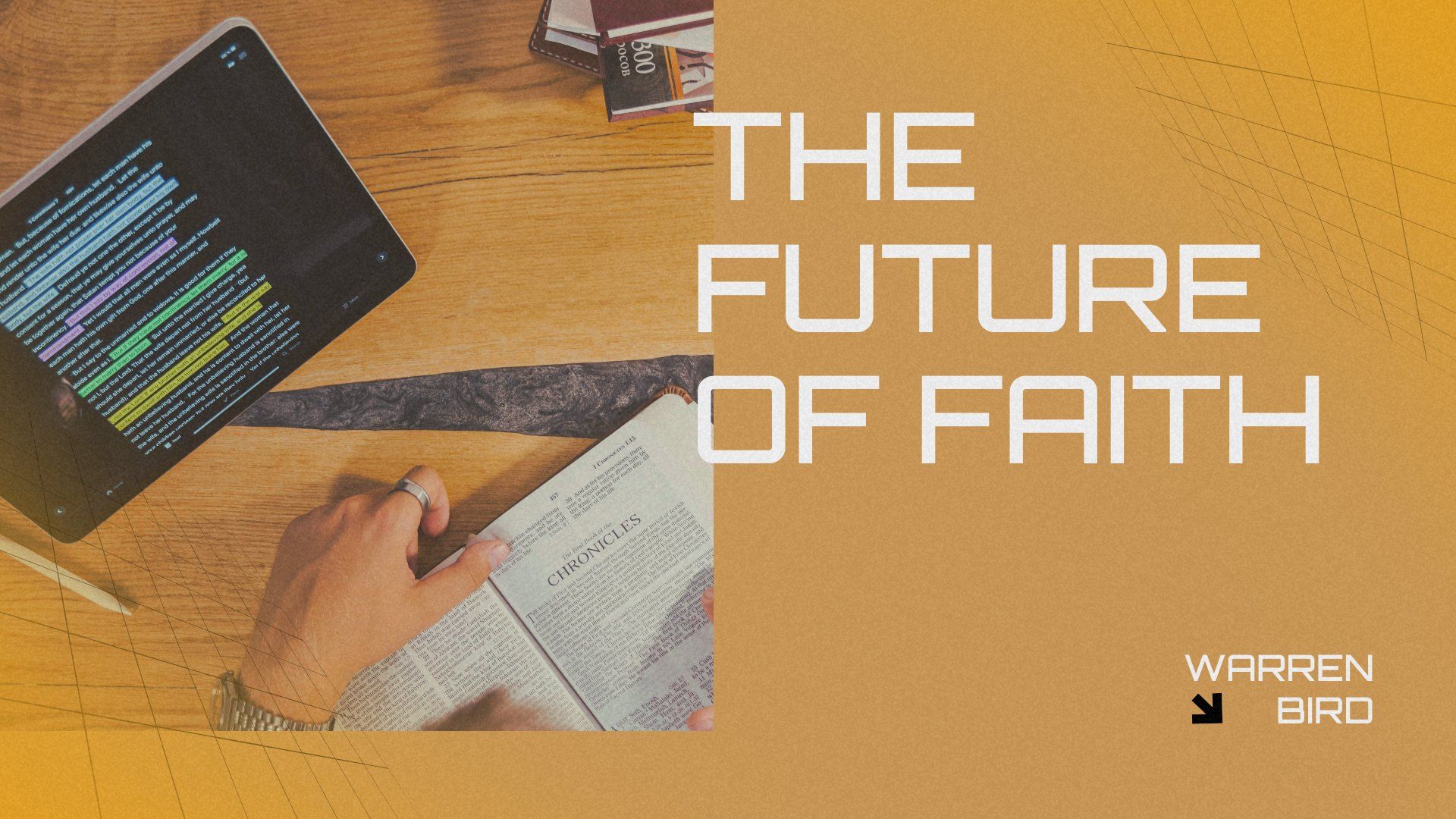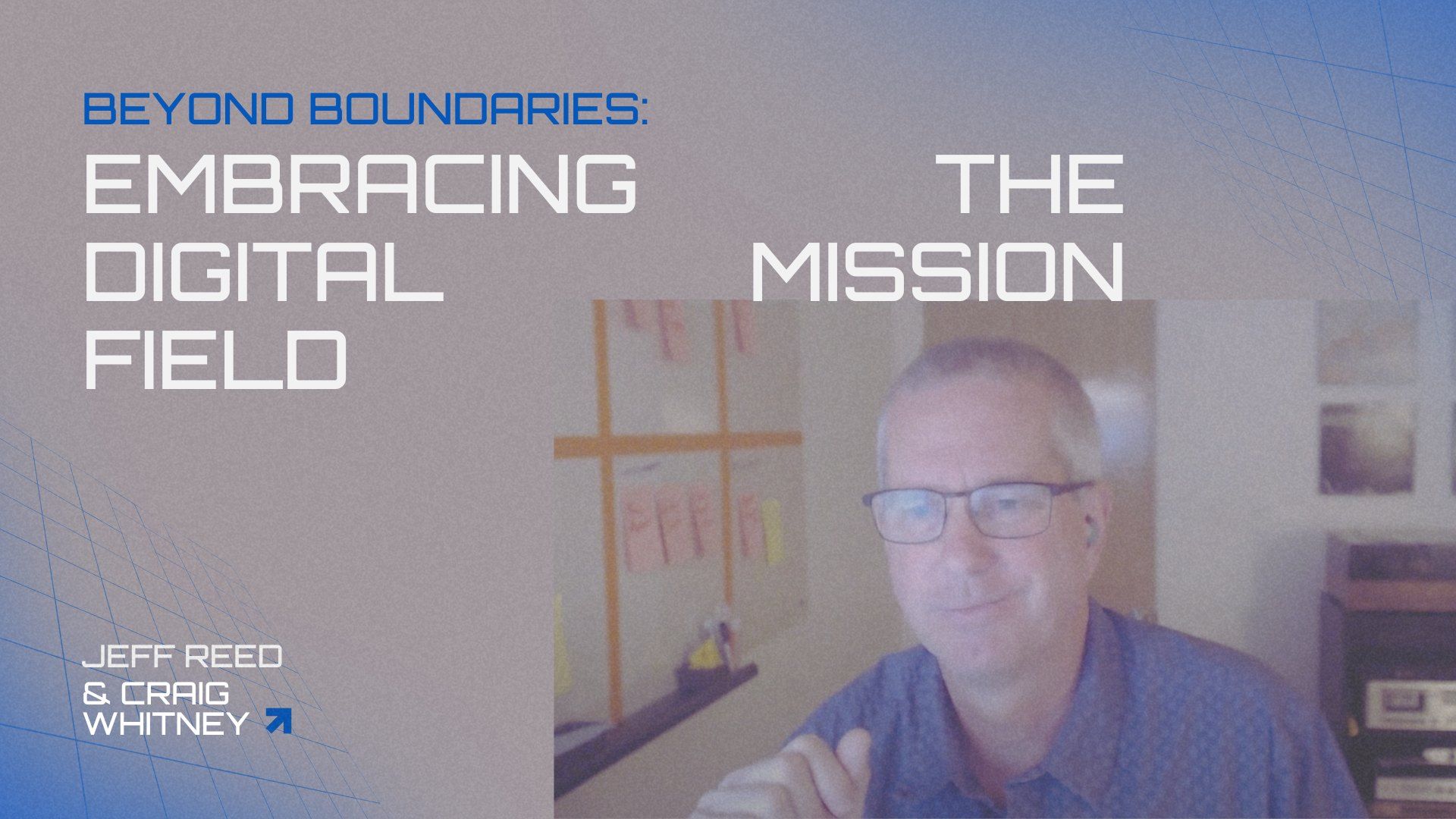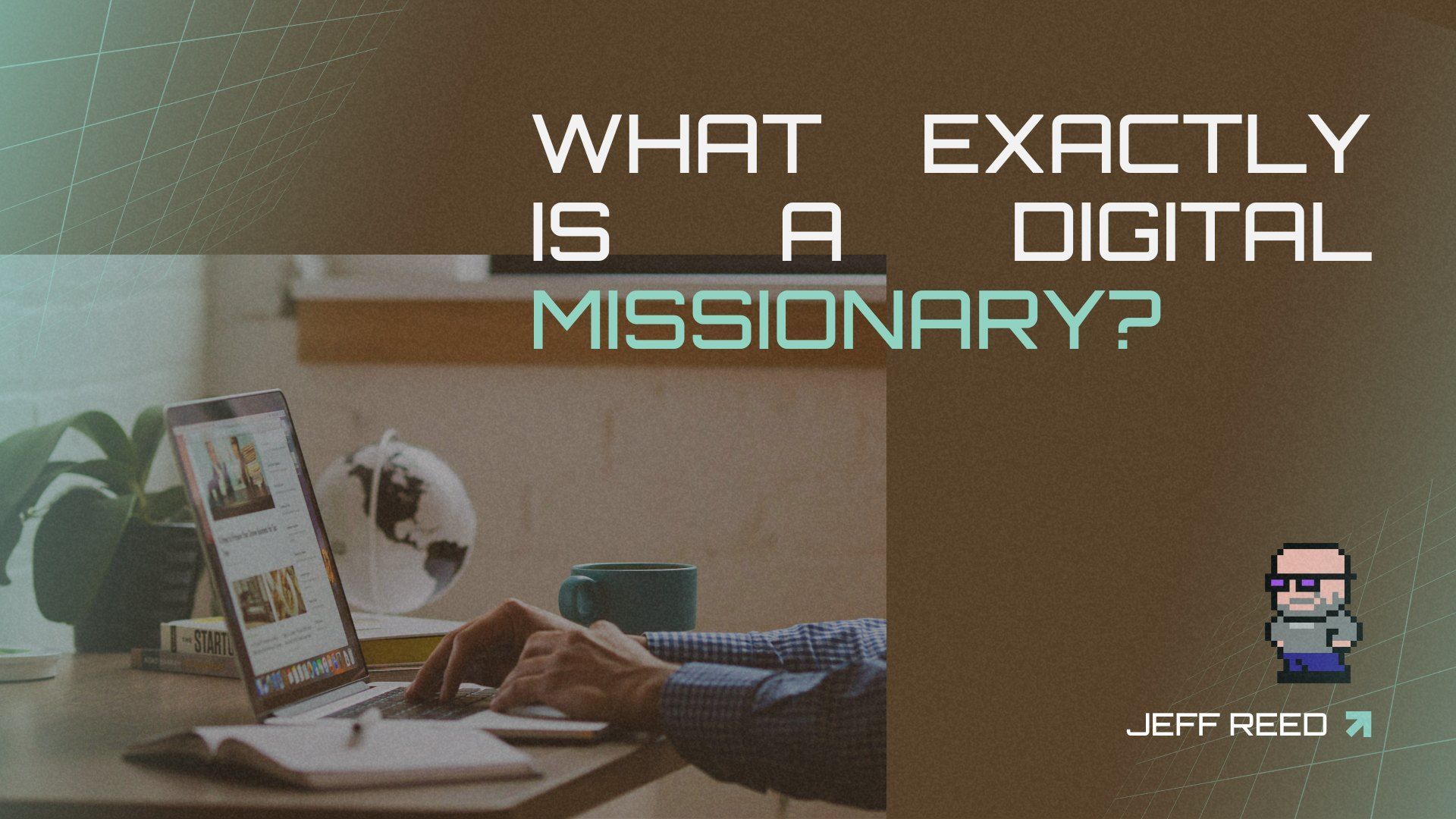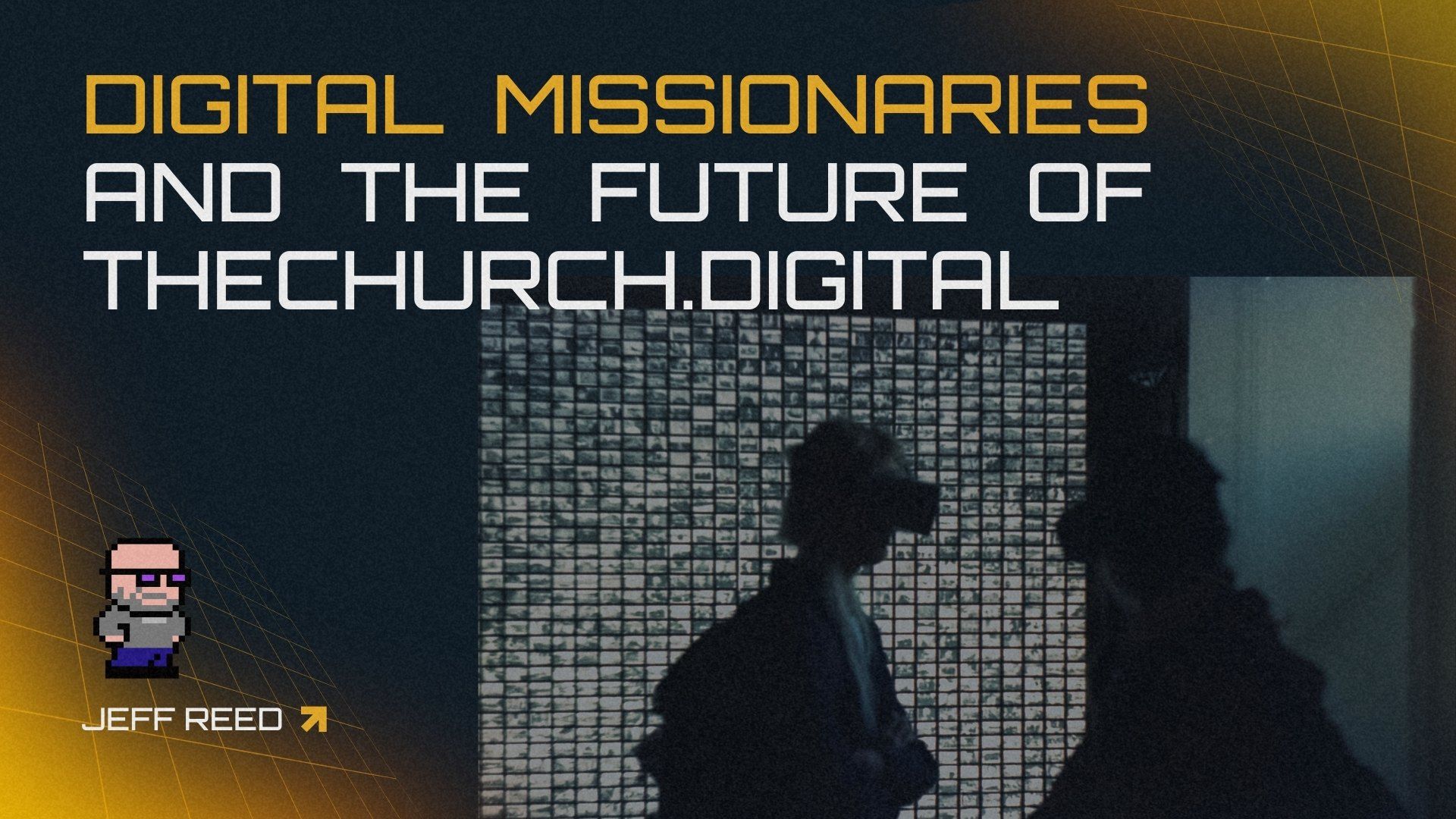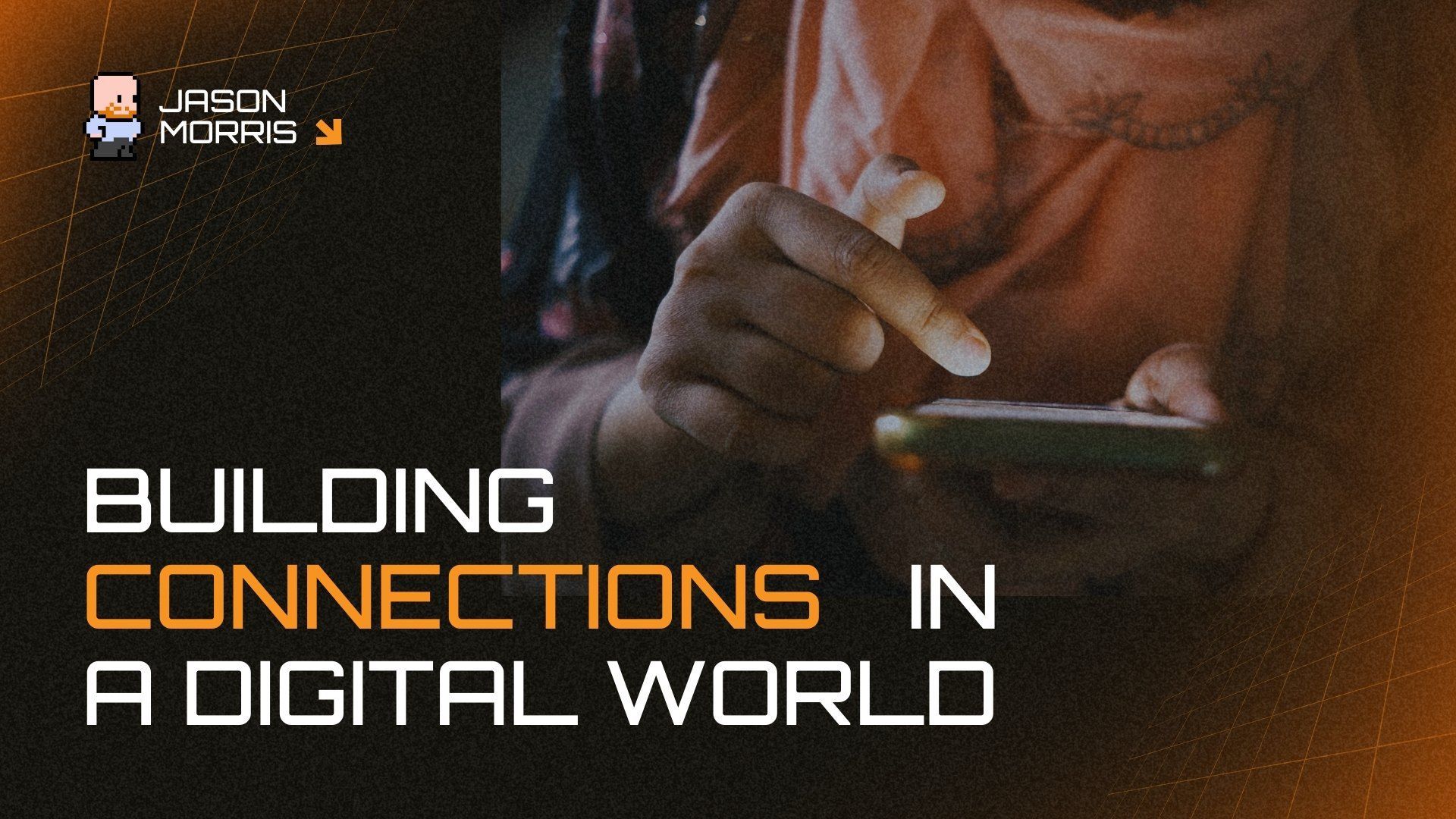A Beginner's Guide to How AI Actually Works

EDITOR'S NOTE: ChatGPT is very popular right now as people are experimenting with it in all walks of life. Because of this, we, at The Church Digital, wanted to test it out on what AI could do writing a blog post about how it could help the Church. Since so many people still don't fully understand how AI actually works, we asked AI to give us a beginners' guide what goes on with AI. How does it work? This was its response.
Artificial intelligence (AI) has become embedded in our everyday lives, powering technologies like facial recognition, digital assistants, self-driving cars, and more. But how does it actually work under the hood? Here’s a beginner’s guide to the fundamentals behind AI.
Based on Algorithms
AI is based on algorithms - sets of defined instructions for solving problems. There are different types of algorithms powering different capabilities. Machine learning algorithms are the most advanced, with the ability to learn from data without being explicitly programmed.
Machine learning relies on neural networks, which are modeled after the human brain’s network of neurons. Information flows through interconnecting nodes or “neurons.” Each node assigns a numerical value to the data based on learned correlations from processing large amounts of training data.
For example, a facial recognition algorithm is trained on thousands of images of faces. Nodes extract features like edges, shapes, textures to create a unique facial signature. When new data is input, the neural network identifies it by checking it against the training examples to find the closest match and make a prediction.
The more quality data the algorithm trains on, the more accurate it becomes at tasks like classification and prediction. Deep learning uses neural networks with many layers that can extract higher-level features from the data. Convolutional neural networks are common for computer vision, while recurrent neural networks are used for natural language processing.
The results produced by the neural network are then evaluated for accuracy. If mistakes are found, the algorithm is retrained to improve. This iterative process allows AIs to keep evolving independently just through exposure to new data.
Conclusion
While AI may seem mystifying, its fundamental mechanisms can be understood with some basic knowledge of machine learning algorithms, neural networks, and training data. AI offers immense opportunities, but also risks if improperly implemented. As it increasingly shapes our world, having literacy in how AI systems function will be key.
What do you think? What did you think of these recommendations? Share your ideas below or on social media.
Through the Digital Church Network we are helping physical and digital churches better understand the discipleship process, and helping churches and church planters understand this and other decentralized mindset shifts. Joining the DCN is free and be encouraged!
Looking for a Coach or Guide to help you with social media and other digital ministry tools, take this quick survey and connect today.
What do you think? Share your ideas on Discord or on social media.
Through the.Church.digital, we are helping physical and digital churches better understand the discipleship process, and helping churches and church planters understand this and other decentralized mindset shifts. By taking this quick assessment we can get you connect with a coach, resources and more. Also, check out our Discord Group where we are encouraging people daily.

